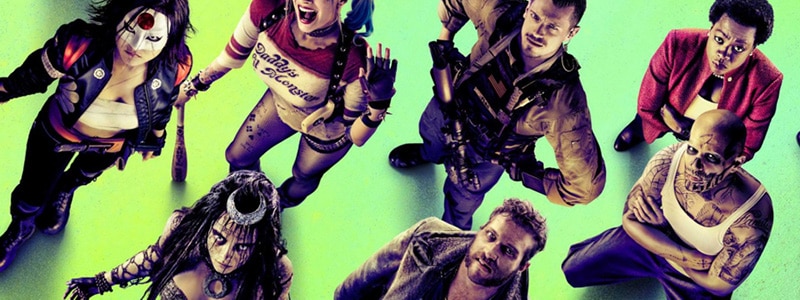At last week’s Suicide Squad premiere, director David Ayer made a mistake that generated a lot of Twitter buzz after being overheard repeating a fan’s yell of “F–Marvel.”
Yet despite the Twitter buzz it generated, the topic has largely been ignored by online media even as the film continues to draw fans.
Online news sentiment (Aug. 1 to 4)

Only a small portion of news sources reported on the incident negatively (20%). Most of the online sources simply reported that an apology had been made (47%), while a significant portion of these sources reported positively on the topic (33%), noting that Marvel’s Stan Lee and Joe Quesada had even responded in defence of Ayer.
Hey Marvel faithful I know you’re upset but cut @DavidAyerMovies a break, it was all in good fun. Can’t wait to see SS, best of luck David!
— JoeQuesada (@JoeQuesada) August 2, 2016
Hey @DavidAyerMovies – Don’t feel too bad about dropping the f bomb. It’s a compliment of the highest order! https://t.co/uSBokELsUB
— stan lee (@TheRealStanLee) August 3, 2016
The lack of negative coverage seems to suggest that Ayer’s apology helped prevent his misspeak from becoming a major news story. Given the stream of recent negative reviews of Suicide Squad, he’s probably lucky his comment didn’t incite further unfavourable coverage.
But we can look at David Ayer’s situation as a lesson in best practices when making a public apology. Here are four top takeaways from Ayer’s unfortunate sequence:
1. If you’re going to apologize, do it immediately
It may be tempting to pretend an incident didn’t happen, but in our current media landscape it’s unlikely others will let your mishap go unnoticed. Rather than hoping against hope, be the first to address the issue and help steer the conversation instead of wasting time on the back foot.
Ayer, for instance, tweeted his apology while at the Suicide Squad premiere where the incident occurred. It’s hard to get more real-time than that.
Sorry about getting caught up in the moment and saying f*ck Marvel. Someone said it. I echoed. Not cool. Respect for my brother filmmakers.
— David Ayer (@DavidAyerMovies) August 2, 2016
2. Choose your venue
When making a public apology, choose your venue wisely: it’s the format or location you’ll use to give the apology. When possible it’s recommended that you give your apology where it occurred, but if you can’t do that, select where the bulk of your followers, or desired audience, is most active. It’s probably not the best idea formally apologize via all possible venues if you can reach most of your crowd through one.
David Ayer chose to address his fellow filmmakers and fans of Marvel through Twitter. In this way his apology was only likely to reach those who were affected by his statement.
3. Be genuine and sincere
Whether it’s a misspoken statement, a product recall, or acknowledgement of a major accounting error, mistakes requiring a public apology obviously affect a lot of people. It’s necessary to recognize this and respond with an authentic and wholehearted apology. There’s always the possibility that the affected parties will still doubt your sincerity, but if your apology is genuine more are likely to accept it and respond positively.
While David Ayer’s apology was doubted by some—20 per cent of online coverage was negative—those most affected by his statement responded kindly, as we mentioned earlier.
4. Keep your finger on the pulse
Monitoring media sources can help you recognize when an apology is needed in the first place, but it’s also crucial to monitor both during and after an apology has been made. It’s important to know how your apology is received and to follow up where needed. While it’s not necessary to respond to all feedback, it may help to address key spokespersons or reactions.
You’re The Man sir. You made my childhood a nicer place! https://t.co/OL97XfQcTn
— David Ayer (@DavidAyerMovies) August 4, 2016
In the above retweet, for instance, instead of simply apologizing and then moving on, Ayer made sure to reply to Stan Lee (an important figure in the Marvel/DC Universe, and one whose tweet was well-circulated with about 3K likes and 2K retweets).
Including a compliment in his tweet probably didn’t hurt, either.



